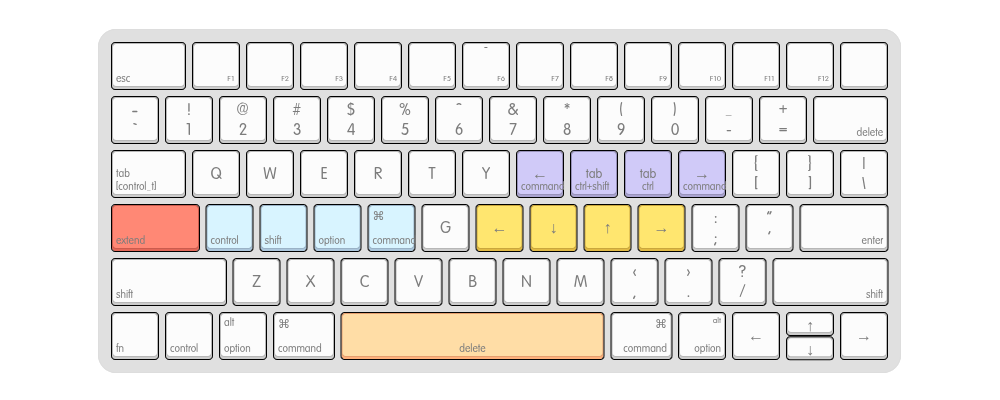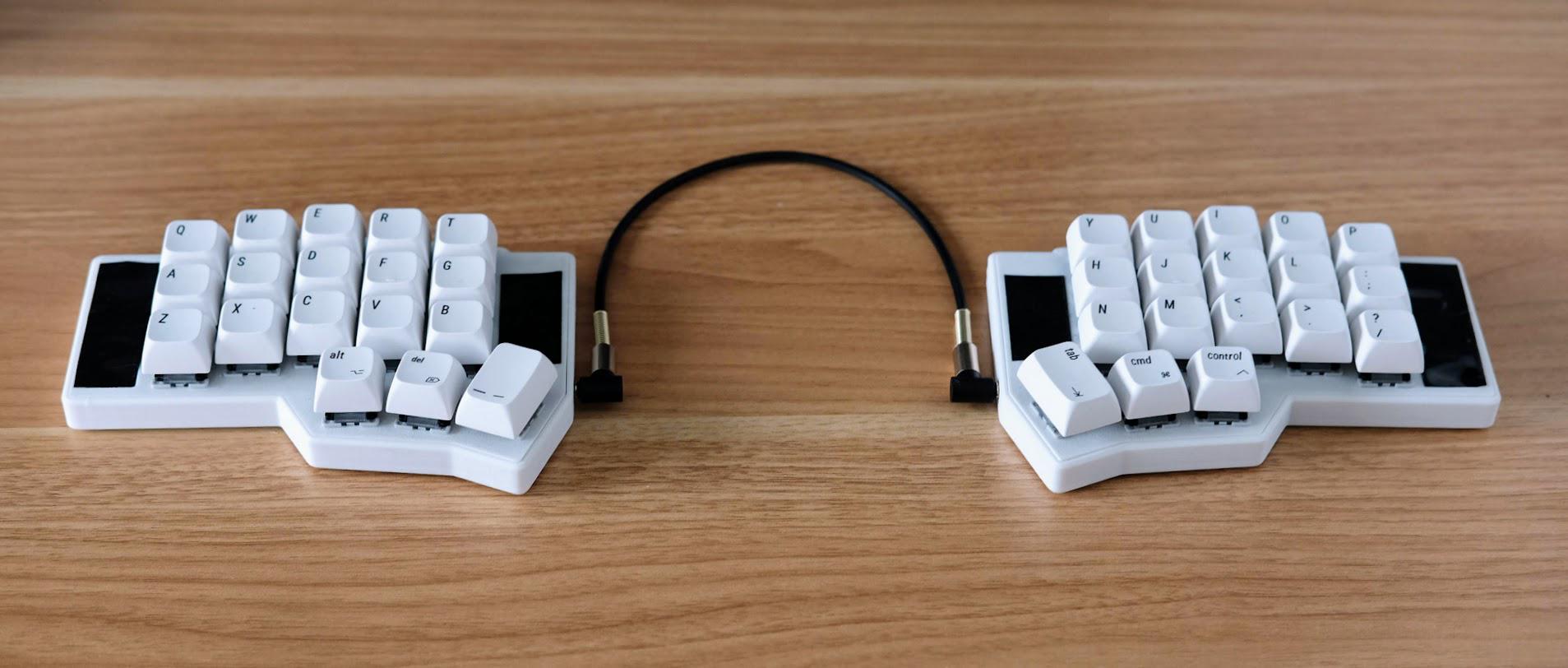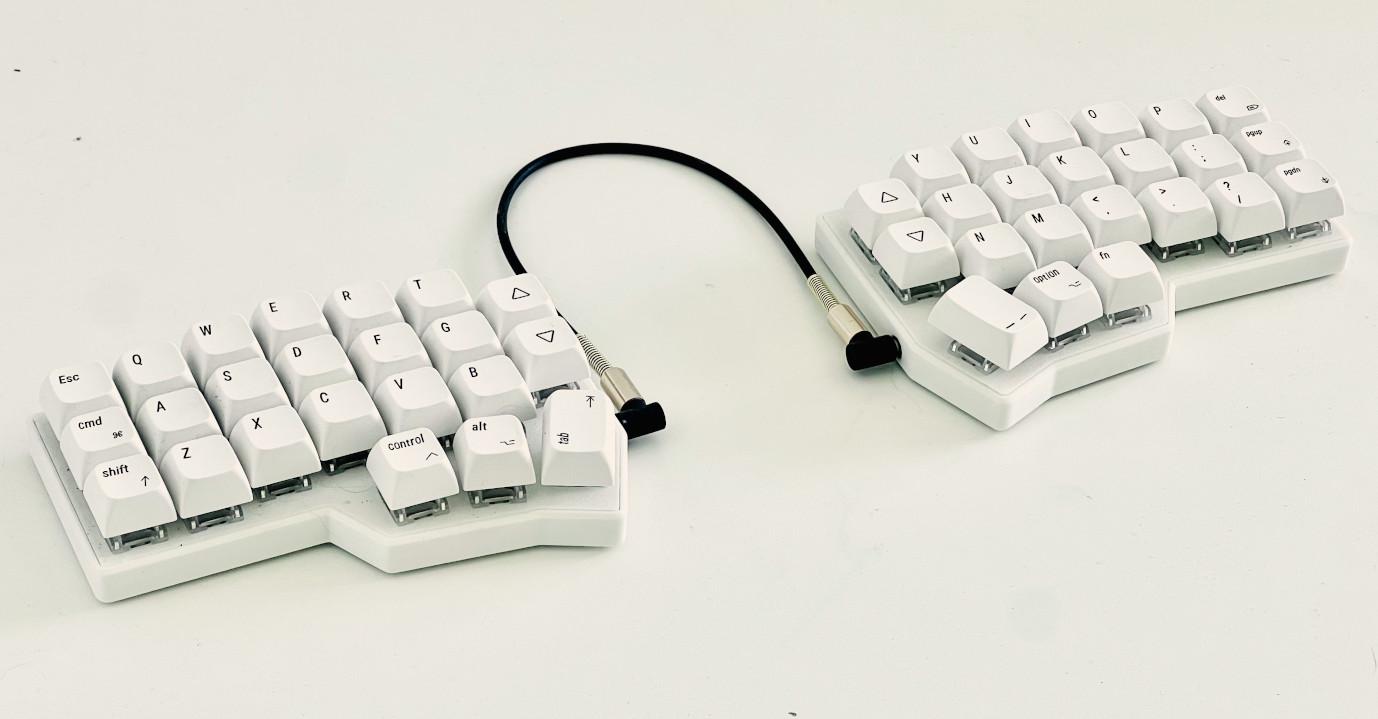Tag: #keyboards (5 posts)
Remapping a Standard Keyboard
As much as I enjoy using my ergonomic keyboards, sometimes I still need to use the built in keyboard on my laptop. Transitioning between the two drastically different layouts is no longer an issue, but I find myself having an itch of wondering whether it’s possible to improve the usability of a standard keyboard.
Handwiring a 36-Key Split, Sculpted Keyboard
As I continued the descent into my split keyboard addiction, I decided to dive off the deep end and handwire my own ergonomic keyboard.
My Corne was a good intro keyboard, but I eventually determined it had more keys than I actually needed. I also grew intrigued towards keyboards with better ergonomics - more stagger and splay to improve alignment with ring and pinky fingers, as well as keyboards with sculpted, organic surfaces to better follow my hand’s natural shape.
Optimizing My Symbol Layer: A Data Driven Approach
When first designing my layout on my Corne keyboard, I was mostly focused on the macro level of what layers keys should go on as well as the ease of common workflows like selecting text or switching workspaces. I put some thought into the placement of each symbol, but after growing quite comfortable with my keyboard and having a nagging feeling that something about the placement of my symbols felt off, it was finally a good opportunity to revisit the micro details of my symbols layer.
Transitioning to a 36-Key Layout
Having used my Corne keyboard for some time now, I kept seeing 34/36 key layouts on r/ErgoMechKeyboards with a growing amount of envy. I mean, the minimalist aesthetics of the Ferris Sweep are just so enticing! Staring down at my whopping 42 keys, I found myself not actually using the outer columns that often and wondered if I too could join the ranks of those using even fewer keys…
So naturally, I removed the extraneous keys, covered the openings with electrical tape, and began the pursuit of trimming my layout with the goal of (arguably futile) minimalism and “efficiency”.
Six Months with a Corne Keyboard
It all started when I first saw a tenkeyless keyboard. Compared to a standard 104-key keyboard, having only 87 keys (an entire 17 keys fewer!) seemed like the next best thing to sliced bread. Since I wasn’t a big user of the numpad, it seemed like a no brainer to reduce desk space, bring my mousing hand a few inches closer, and just feel like I was one with r/PCMasterRace. Oh how naive I was.



